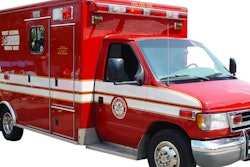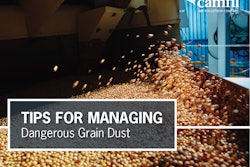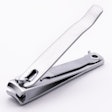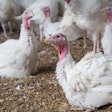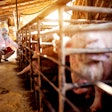
The U.S. Department of Labor announced January 29 that its Occupational Safety and Health Administration (OSHA) has issued stronger worker safety guidance recommending what employers should do to protect employees from exposure to the coronavirus.
The guidance, Protecting Workers: Guidance on Mitigating and Preventing the Spread of COVID-19 in the Workplace, isintended to informemployers and workers in most workplace settings outside of healthcare to help them identify risks of being exposed to and/or contracting COVID-19 at work and to help them determine appropriate control measures to implement. Separate guidance is applicable tohealthcare(CDC guidance) andemergency response(CDC guidance) settings. OSHA has additionalindustry-specific guidance. This guidance contains recommendations as well as descriptions ofmandatory safety and health standards. The recommendations are advisory in nature, informational in content, and are intended to assist employers in providing a safe and healthful workplace.
COVID-19is a highly infectious disease that isspreadmost commonly through respiratory droplets and particles produced when an infected person exhales, talks, vocalizes, sneezes, or coughs. COVID-19 is highly transmissible and can be spread by people who have no symptoms. Particles containing the virus can travel more than 6 feet, especially indoors, and can be spread by individuals who do not know they are infected.
Face Coverings,either cloth face coverings or surgical masks, are simple barriers that help prevent respiratory droplets from your nose and mouth from reaching others. Face coverings protect those around you, in case you are infected but do not know it, and can also reduce your own exposure to infection in certain circumstances. Wearing a face covering is complementary to and not a replacement for physical distancing.
Employers should implement COVID-19 Prevention Programsin the workplace. The most effective programs engage workers and their union or other representatives in the program's development, and include the following key elements:conducting a hazard assessment;identifying a combination of measures that limit the spread of COVID-19 in the workplace;adopting measures to ensure that workers who are infected or potentially infected are separated and sent home from the workplace; andimplementing protections from retaliationfor workers who raise COVID-19 related concerns.
The guidance providesadditional detailon key measures for limiting the spread of COVID-19, starting withseparating and sending home infected or potentially infected people from the workplace,implementing physical distancing,installing barriers where physical distancing cannot be maintained, andsuppressing the spread by using face coverings. It also provides guidance onuse of personal protective equipment (PPE), when necessary,improving ventilation,providing supplies for good hygiene, androutine cleaning and disinfection.
OSHA will continue to update this guidance over time to reflect developments in science, best practices, and standards, and will keep track of changes for the sake of transparency. In addition, OSHA expects to continue to update guidance relevant to particular industries or workplace situations over time.






